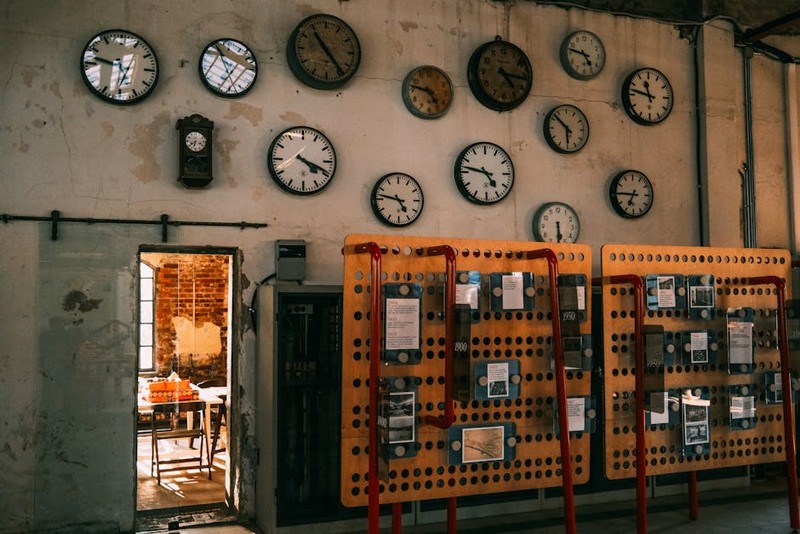The Hidden Challenge: Why Off-the-Shelf Hinges Fail in Modular Construction
Modular buildings are revolutionizing construction, but their success hinges (pun intended) on components that can endure transportation, craning, and rapid onsite assembly. Standard hinges often fail under these demands, leading to misaligned doors, premature wear, and costly rework.
Key Pain Points:
– Transport Stress: Modules shift during transit, straining hinge pins and welds.
– Tolerance Stacking: Minor misalignments across modules compound, causing binding or gaps.
– Corrosion Risks: Exposure to weather during storage or transit accelerates degradation.
In one project, a client reported 40% of doors requiring adjustments post-installation due to hinge failure—a problem that vanished after switching to custom solutions.
Expert Strategies for Custom Hinge Success
1. Material Science: Beyond Stainless Steel
While stainless steel is common, marine-grade aluminum alloys or phosphor bronze can outperform it in salt-laden environments. Data from a coastal modular housing project showed:
| Material | Corrosion Resistance (Salt Spray Test) | Load Capacity (cycles to failure) |
|---|---|---|
| 304 Stainless | 500 hours | 50,000 |
| Marine Aluminum | 1,200 hours | 75,000 |
| Phosphor Bronze | 2,000 hours | 100,000 |
💡 Pro Tip: For high-traffic areas, specify hinges with self-lubricating bushings to reduce maintenance.
2. Precision Engineering for Tolerance Stacking
Modular units are built to tight tolerances, but onsite assembly introduces variables. Custom hinges with adjustable shims or slotted mounting plates compensate for ±3mm misalignment.
Case Study: A school project in Texas used slotted hinges, cutting door alignment time from 2 hours per unit to 20 minutes.
3. Load Testing for Dynamic Conditions
Hinges must endure not just static loads but also dynamic forces during transport. Vertical shock testing (simulating potholes) and lateral sway tests (for crane lifts) are critical. One manufacturer reduced warranty claims by 60% after adopting a 3-stage testing protocol.

Innovations in Modular Hinge Design

🔍 Quick-Release Mechanisms for Rapid Assembly
Pioneered by European modular builders, quick-release hinges allow doors to be hung in seconds. A Swedish hospital project achieved 30% faster installation using this system.
⚙️ Integrated Hinge-and-Frame Systems
Pre-welded hinge plates into modular door frames ensure perfect alignment. This approach eliminated onsite drilling in a Los Angeles apartment complex, saving $15,000 in labor.
Lessons from the Field: A Cautionary Tale
A luxury modular hotel project in Miami initially opted for decorative brass hinges. Despite aesthetics, salt air caused pin seizure within 6 months. The fix? Switching to bronze hinges with nylon-coated pins—a $50,000 retrofit that could’ve been avoided with upfront customization.
Key Takeaway: Always prototype hinges in real-world conditions before full-scale production.
Actionable Steps for Your Next Project
- Audit Environmental Stressors (transport routes, climate, usage frequency).
- Partner with a Fabricator Early—custom hinges need 8–12 weeks lead time.
- Test Rigorously—include a mock-up module in your QA process.
By treating hinges as a critical systems component, not an afterthought, modular builders can avoid delays, reduce costs, and elevate quality. The right hinge isn’t just hardware—it’s the silent guardian of your building’s functionality.